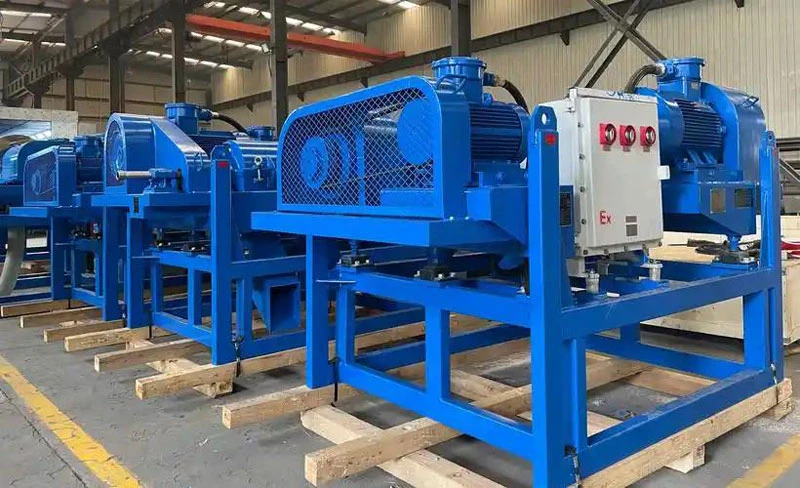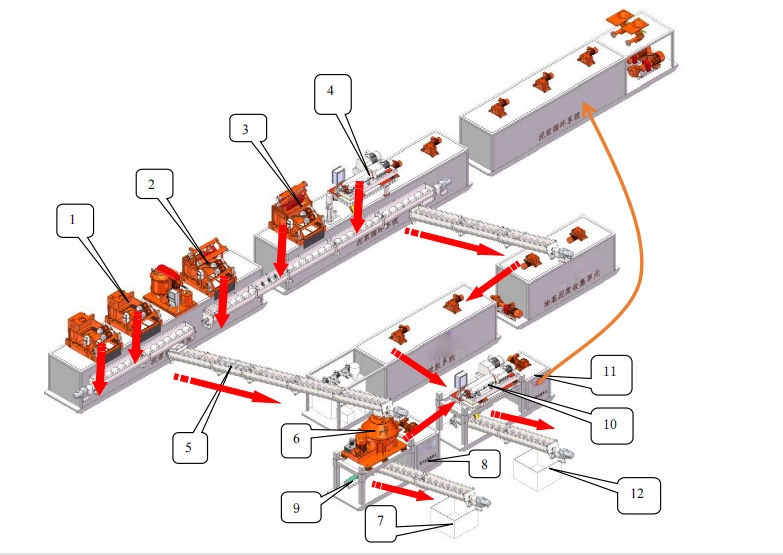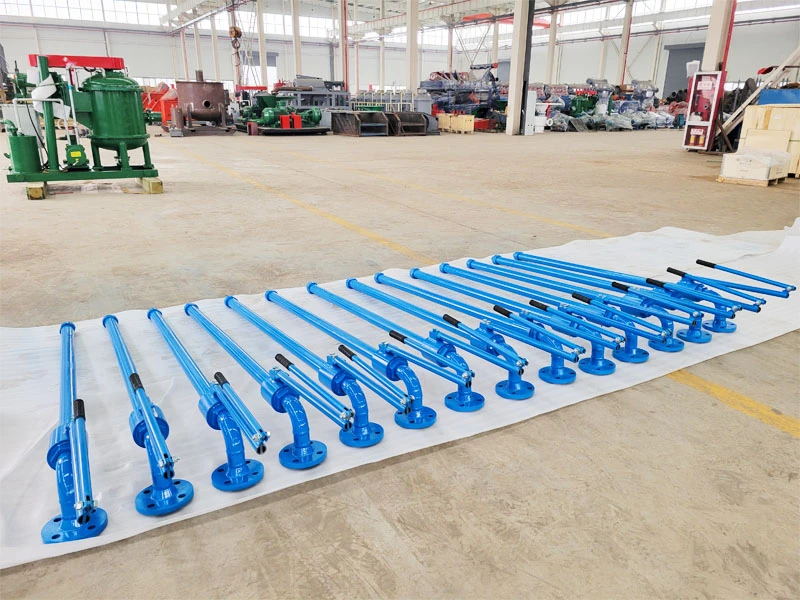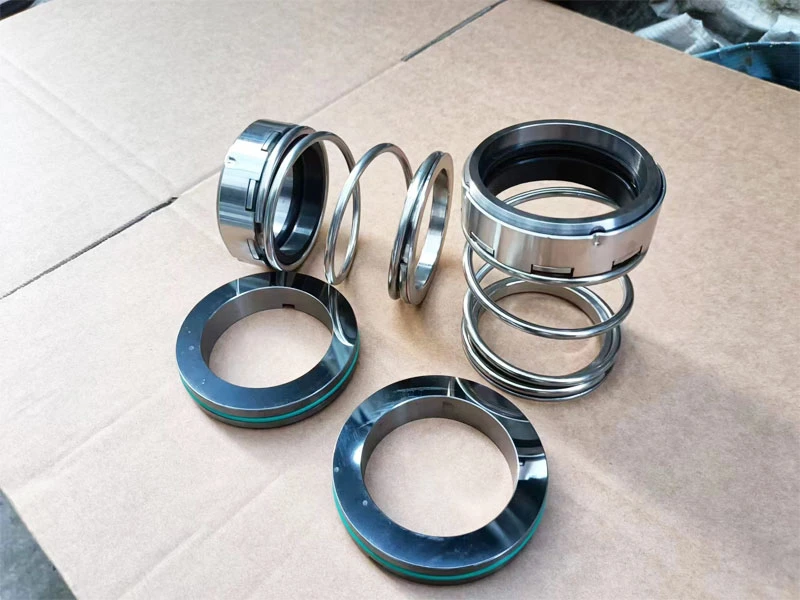A wirówka do płuczki wiertniczej is a crucial solids control device. It primarily separates solids from drilling fluid. This action maintains fluid properties and improves drilling efficiency. Its core operating principle is centrifugal sedimentation. It uses the centrifugal force from high-speed rotation to achieve solid-liquid separation.

Working Principle of a Drilling Fluid Centrifuge
A drilling fluid centrifuge utilizes the high-speed rotation of a rotating drum (typically 1500-4000 RPM) to generate powerful centrifugal force. Drilling fluid enters the drum through the feed inlet. Centrifugal force flings denser solid particles (such as drill cuttings and barite) toward the inner wall of the drum, while it concentrates the less dense liquid phase (water and oil) in the center, thus achieving solid-liquid separation.
Separation Process
Sedimentation Zone: Drilling fluid forms an annular layer of liquid within the drum, where solid particles gradually settle to the inner wall.
Push Zone: A differential controls the speed difference between the screw conveyor and the bowl, pushing settled solids toward the discharge port at the small end of the bowl.
Liquid Recovery: The separated clear liquid discharges through the overflow port at the large end of the bowl and returns to the drilling fluid circulation system.
Function of the Differential
The differential is a core component of the centrifuge. Clogging is prevented by controlling the speed difference between the bowl and the screw conveyor. This difference (typically 10-100 RPM) ensures a continuous, stable push of solids out of the discharge port.


